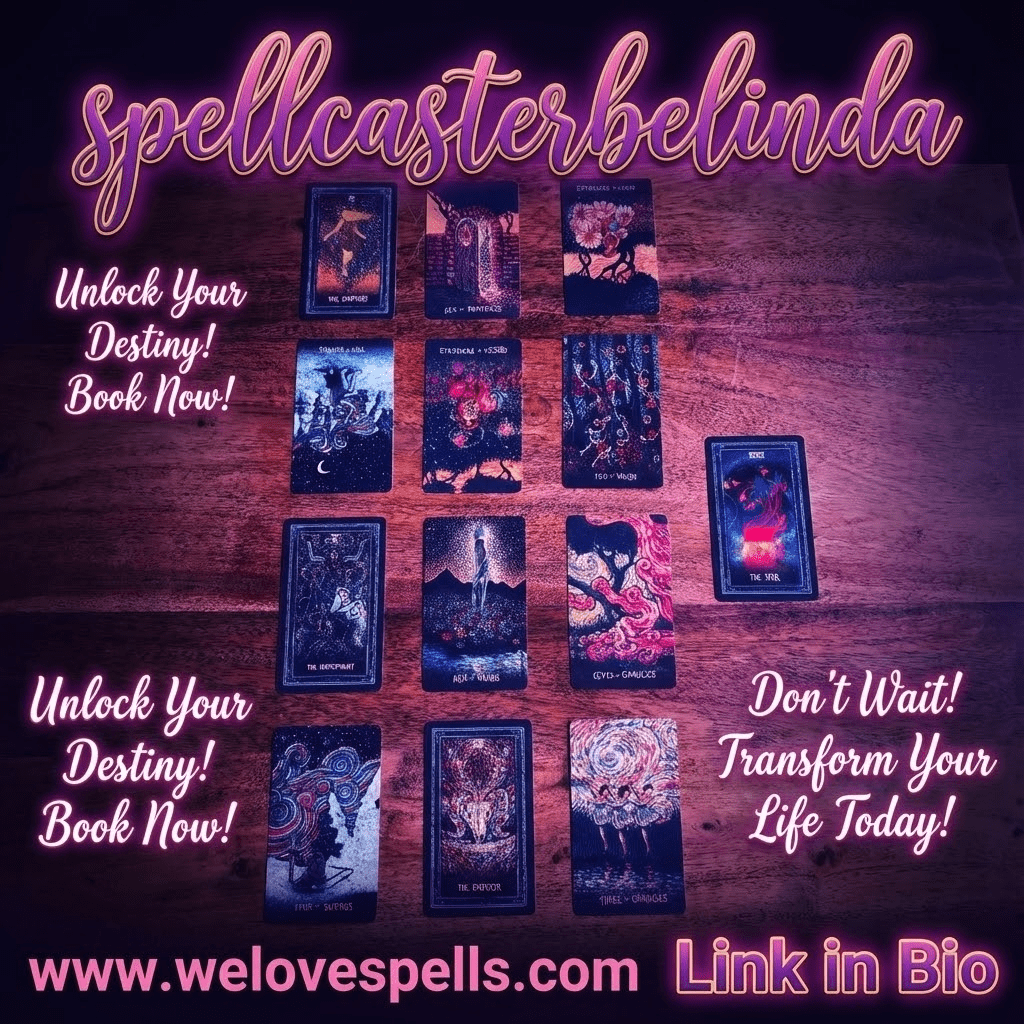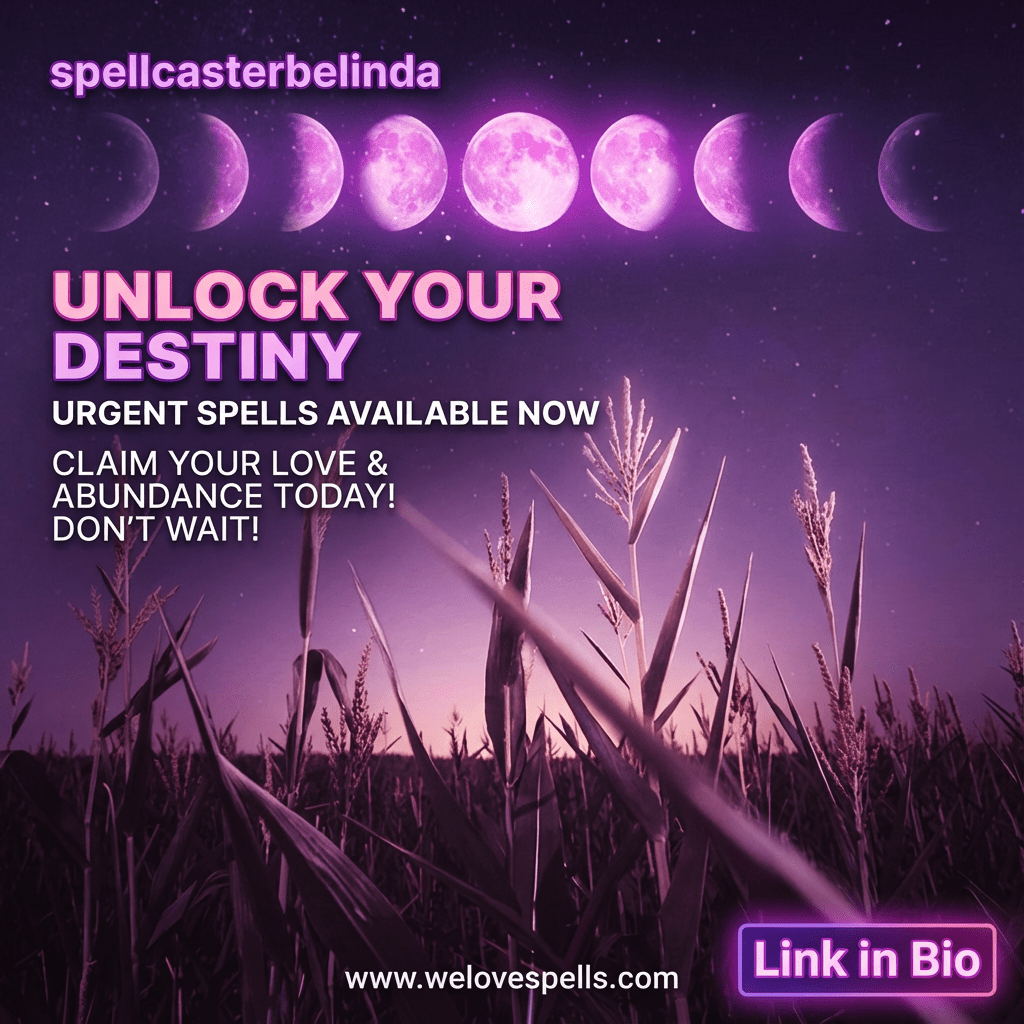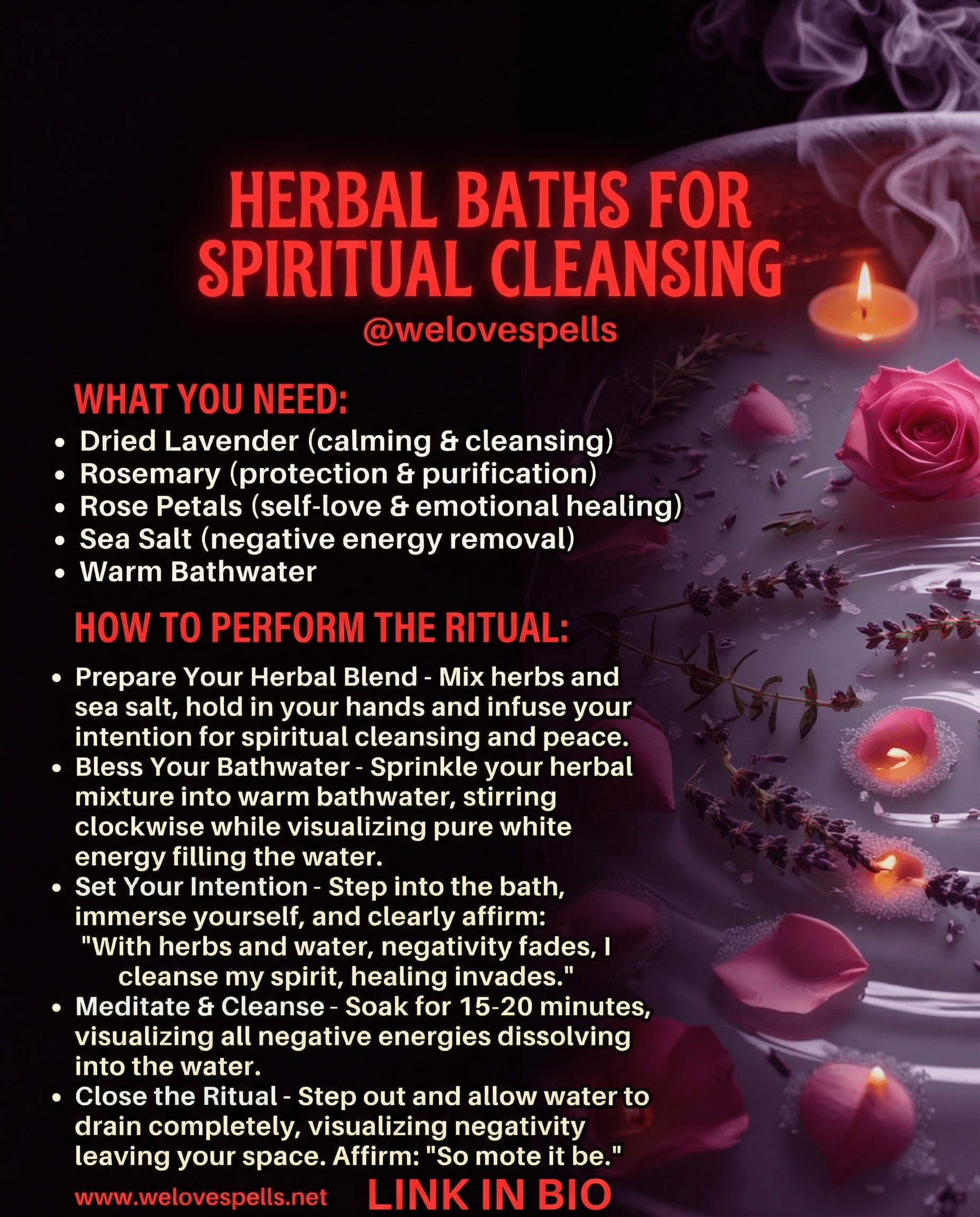Experience the Magic: Celtic Witchcraft Spells Explained
- Love spells and Celtic witchcraft channel the four elements and natural materials (herbs, crystals, candles) to focus intention and manifest change.
- Irish and Druid traditions emphasize harmony with nature, sacred symbols (triskelion, Celtic knot), and ethical spellcasting.
- Classic Celtic rituals like “Blessing Charms,” “Saining,” and “Bindings” are used for protection, purification, love, and balance.
- Timing, clear intent, and responsible practice are key to effective spellwork—especially for love, reconciliation, and attraction.
- Get guidance from experienced casters and shop spells that work: WeLoveSpells Love Spells Collection.
Welcome to the living tradition of Celtic witchcraft spells—where ancient wisdom meets intention, nature, and heart-centered magic. Here, we’ll explore the roots of Celtic magic, its elemental power, and practical steps to cast safe, ethical spells for love, protection, and prosperity.
Celtic witchcraft draws on the spiritual beliefs of the Celts in Ireland, Scotland, and Wales. Rooted in the land and seasons, it honors deities, ancestors, and the elemental forces. These practices have been passed down, adapted, and lovingly preserved—remaining powerful and relevant today.

Unraveling Ancient Wisdom: Celtic Witchcraft Traditions
Celtic witchcraft springs from pre-Christian pagan paths across Ireland, Scotland, and Wales. While diverse, these traditions share reverence for nature, seasonal cycles, and sacred symbols.
Irish Witchcraft
Sometimes called Gaelic craft, Irish witchcraft echoes the mysteries of the Druids—Celtic spiritual leaders who stewarded lore, law, and ritual. It is deeply nature-centric, often practiced outdoors in forests, by rivers, or atop hills and mountains.
Common tools include herbs, crystals, and natural waters. Spells are typically crafted to align with lunar phases and seasonal festivals for added potency.
Druid Spells and Symbols
Druidic spellwork seeks balance across the seen and unseen. Rituals often use sacred symbols like the triskelion and Celtic knot to weave protection, continuity, and flow. These symbols act as energetic anchors—amplifying your intention during prayer, chanting, or knot magick.
Many druid spells aim to restore harmony in relationships, boost courage, or purify spaces before deeper love workings.
Pagan Witchcraft in the Celtic Lands
As a broader umbrella, pagan witchcraft venerates multiple deities and the spirits of place. Amulets, charms, and talismans are used for protection, attraction, and luck. Today, practitioners often blend traditional methods with modern ethics, focusing on healing, consent, and free will.

Harnessing Natural Energies: The Power of Celtic Magic
In Celtic tradition, the four elements—Earth, Air, Fire, Water—carry distinct energies. When you align your intention with the right element, your spell gains purpose and precision.
| Element | Energy | Symbolism |
|---|---|---|
| Earth | Stability, grounding, fertility | Growth, abundance, the physical world |
| Air | Intellect, communication, inspiration | Ideas, clarity, breath |
| Fire | Passion, transformation, courage | Will, action, spiritual ignition |
| Water | Emotion, intuition, healing | Purification, vitality, the subconscious |
Natural materials deepen that connection. For example, rosemary bolsters clarity and protection; amethyst enhances intuition and spiritual awareness. Crystals and herbs act like “keys,” unlocking elemental qualities at the heart of your spell.
"The power of natural energies is immense. By combining elements, symbols, and ethically held intention, Celtic magic helps manifest love, peace, and protection."
Exploring Ancient Celtic Spells: Spells of Old
Celtic spellcraft has always embraced simple, symbolic actions—knotting a charm, lighting a candle, speaking a focused blessing—so that spiritual intention can shape real-world outcomes.
One beloved classic is the Blessing Charm: a spoken benediction combined with knot magic. The charm is then worn or kept in a safe place to maintain protection and luck.
| Spell | Ingredients | Purpose |
|---|---|---|
| "Saining" Ritual | White candle, sea salt, sprig of heather | Purify and protect a home or space |
| "Binding" Spell | Black candle, written intention, strips of cloth | Bind/banish harmful influence or negativity |
| "Love" Spell | Rose petals, pink candle, quartz crystal | Attract or strengthen romantic love |
Other ancestral workings addressed fertility, prosperity, and healing. While methods vary across regions and lineages, the heart of the craft remains the same: honor nature, speak your truth, align your actions with your intention.
"I call upon the spirit of the earth, the sun, the moon, and the stars. May these natural energies guide and bless my spell."
From Then to Now
Modern practitioners adapt old forms to suit present needs. The ethics of consent, respect for free will, and harm-to-none guide contemporary love spellwork. When you seek reconciliation or attraction, consider spells that focus on healing, openness, and mutual choice.
Putting It Into Practice: Celtic Witchcraft Spellcasting
Set aside quiet time, gather what you need, and approach your ritual with respect. Below is a simple, ethical framework you can use for most spells—especially love, healing, and protection.
How to Cast a Simple Celtic Blessing Charm for Love
Purpose: Attract loving energy, increase harmony, and open the way for mutual affection.
You’ll need:
- Pink or red candle (love, passion)
- Rose petals or rosemary (romance/protection)
- Clear quartz or rose quartz (amplify love)
- Ribbon or cord (for knot blessing)
- Paper and pen (clear intention)
- Set your intention. Write a concise, positive statement (e.g., “I welcome kind, mutual love into my life”). Read it aloud.
- Create sacred space. Tidy the area; you can lightly sprinkle salt or mist rose water to purify. Arrange your tools.
- Cast your circle. Call the elements—Earth, Air, Fire, Water—and ask for protection and guidance.
- Light the candle. Hold your quartz over the flame (safely), then near your heart. Visualize warm, loving light surrounding you.
- Knot the ribbon. With each knot, speak a blessing (e.g., “With this knot I invite love that is mutual, kind, and true”).
- Close the circle. Thank the elements. Snuff the candle. Keep the knotted ribbon in a safe place and revisit your intention over the next lunar cycle.
As with any craft, practice and patience bring results. Keep a journal of timing, tools, and outcomes to refine your approach over time.
Live Guidance and Psychic Support
Need clarity before casting? Speak with a vetted psychic or spiritual advisor who understands love, reconciliation, and Celtic practice.
Ethics, Timing, and Best Practices
- Intention: Phrase desires positively and clearly. Focus on mutual love and alignment.
- Timing: Many cast love spells on Fridays (Venus) or during waxing moons to attract and grow.
- Consent: Avoid controlling others. Work for openness, healing, and the highest good.
- Protection: Start sessions with purification or a short “saining” to keep your space balanced.
Testimonials
“I followed the Celtic blessing steps and booked a Love Binding service—within two weeks our communication softened and we reconciled. I felt protected and guided the entire time.”
— Maya L.
“The focus on ethics and mutual consent really resonated. The Attraction spell felt gentle but effective—new connections appeared naturally.”
— Daniel R.
“I’m new to Celtic magic. The elemental approach made everything click. The saining ritual brought instant calm to my space.”
— Eliza K.
FAQ: Celtic Witchcraft Spells
Are Celtic witchcraft spells effective?
Yes—when intention, timing, and tools align. Results depend on your clarity, consistency, and respect for natural energies.
Are Celtic spells safe?
They are safe when performed responsibly. Ground, protect, and avoid any working that violates free will or aims to harm.
Do I need to be a witch to cast?
No. You need respect, study, and practice. Many begin with simple blessings and protection rituals.
When is the best time to perform love spells?
Fridays and waxing moons are popular for attraction. Choose timing that matches your intention and tradition.
How quickly do spells work?
It varies. Some shifts are quick; others unfold over a lunar cycle or more. Track your results and refine your method.
Final note: Your heart’s desire deserves care and respect. Whether you DIY or hire a professional, choose ethical spells that honor consent and call in love that is kind, mutual, and enduring.
🔴 Need Clarity on your Situation?



